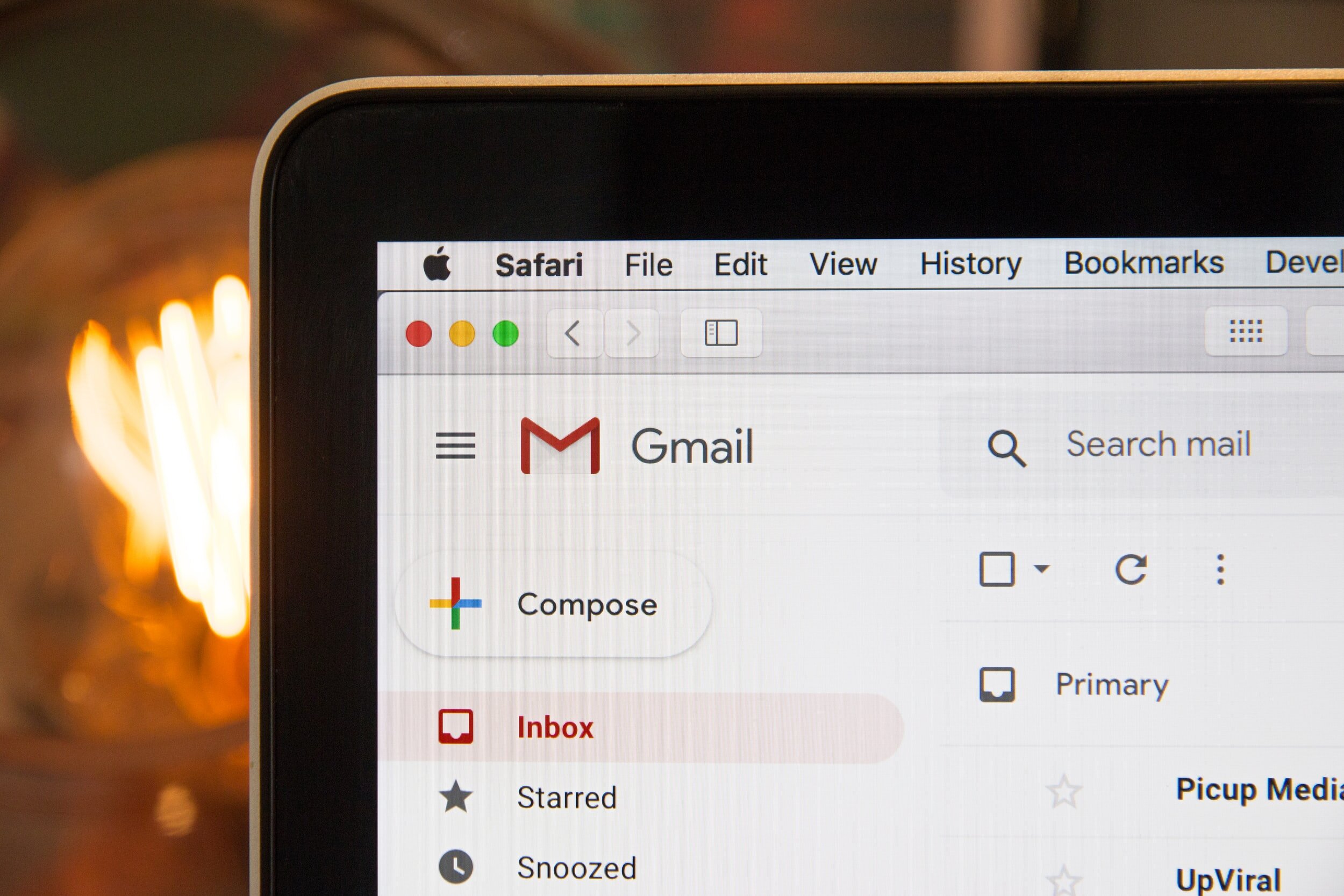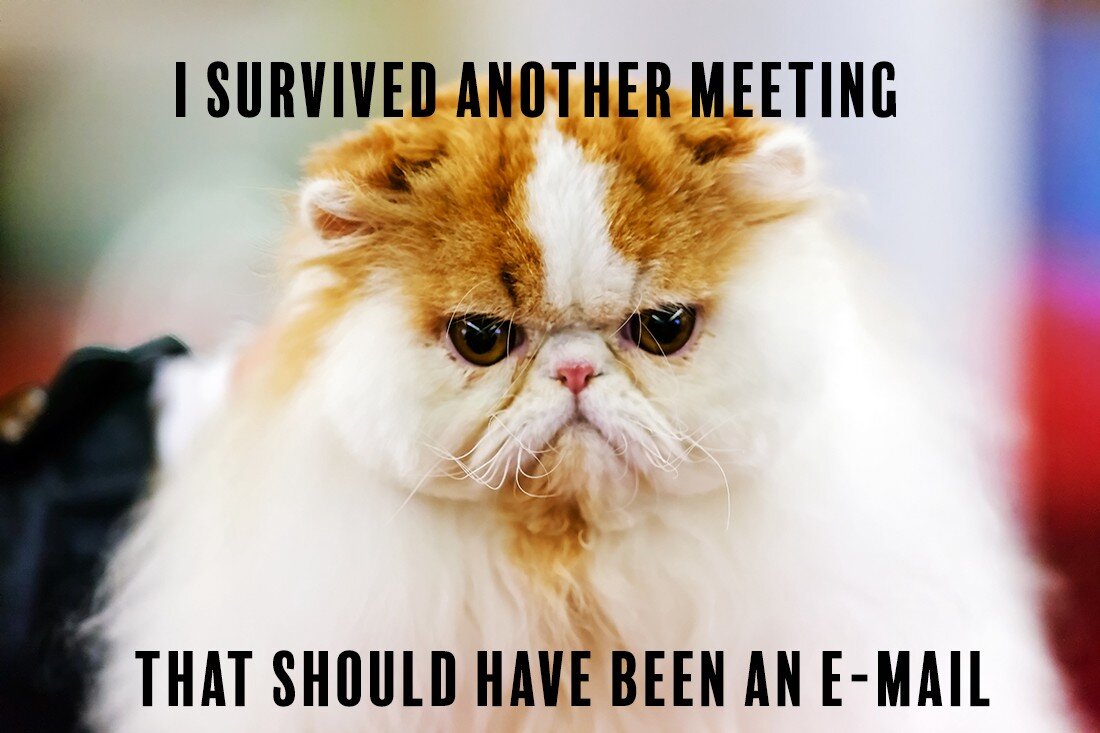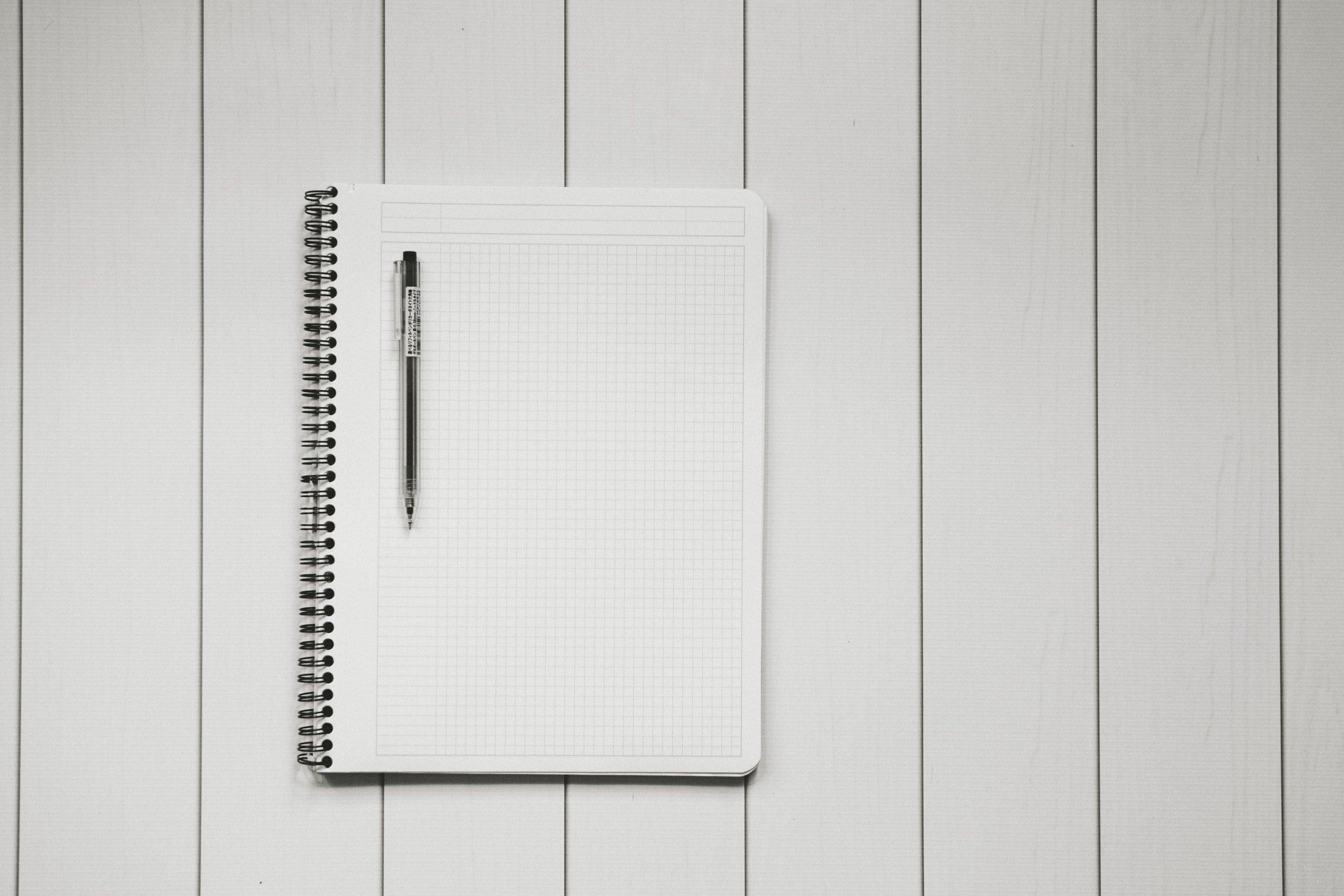How to Write an Email in English With Examples (Formal and Informal)
Writing emails in English is a skill and a craft that can be as tricky as small talk or networking. If you’re learning English, you might feel that your language barrier adds an extra level of difficulty in learning how to write emails in English.
But if you break down English emails into smaller parts and master the basic structures, you’ll be able to write better emails in English in no time.
So, today, we’re going to take a look at how to write formal and informal emails in English. We’ll explore:
How to write a formal email in English
How to write an informal email in English
Differences between formal and informal emails in English
If you’re ready to learn and practice writing emails in English, let’s get into it!
Teaching English Just Got Easier!
Save hours of time with an organized collection of high quality, easy-prep ESL lesson plans and worksheets right at your fingertips.
Writing Emails in English
How to write a formal email in English
Write a clear subject line
The subject line of an email is the line of text that your recipient will see in their inbox before opening the email. So, you want to write the subject line in a way that quickly communicates what you want them to do or why they should open the email.
First, place the most important words at the beginning:
Request for more information
Action needed: contract attached below
Strategy meeting this Tuesday?
Invitation to apply: Outreach Intern
Event Coordinator Job Application
Met at Networking Event: Resume Attached
As you can see, there are no strict grammar or punctuation rules that you need to follow in the subject line of an email. Just make sure it looks consistent, and your spelling is correct.
One thing you shouldn’t do, though: Don’t use all caps. It looks like you’re shouting at people, and people in the professional world usually don’t like it.
Start your formal email with a greeting
The greeting is the first line in the actual text of the email. If you can, make sure it’s always addressed to an actual person. Remember that, with a greeting, we have to capitalize every word in the line. So, you can write,
Hello [Name],
Hi [Name],
We don’t insert a comma between “Hello” and the name, even though we do in all other cases (“Hello, Danny!”).
“Hi” or “hello” might sound informal, but both greetings are actually standard in a formal or business setting. If you feel like that’s too informal, though, you can write:
Dear [Name],
If you don’t have a name, here are a few other options,
Greetings,
Hello there,
Dear Hiring Manager,
Dear Recruiting Director,
Dear [Company Name] Team,
If you do know the name of the person you’re writing to, but you don’t know them well, you can use an honorific like Ms., Mr., or Dr. if you’re sure about their gender.
But be sure to avoid “Mrs.” for a woman if you don’t know her marital status. So, you can write:
Hello Ms. Johnson,
Dear Dr. Sanchez,
If you aren’t sure about their gender, it’s perfectly okay to use a first name and last name.
Write an opening line
The opening line is probably one of the hardest things to write in an email.
But, as a polite gesture, it's an important way to set the tone of the email and show that you want to establish a relationship on good terms.
You can use a phrase like, “I hope you are doing well,” or “I hope you had a good weekend” but it’s better if you can personalize it a bit more, like:
I hope things in Tokyo are going well.
I hope you have been enjoying the warm weather we’re having.
I hope you had a smooth trip back from Thailand.
I hope you’re surviving tax season.
Another way to start an email is to ask a polite question, like:
How are you?
Have you been able to get settled in?
How are things going in Dallas?
Write the body of the formal email
You’ll probably find that most of the time, you write formal emails in English to people you don’t know very well. And, of course, you’re writing to give them a good impression of your professionalism and abilities.
You can ask yourself: Do I need to remind them of who I am? Do I need to give them context for my request? Do I need to give them background information on the ideas I will propose or suggestions I make?
1. SHARE THE REASON FOR THE EMAIL
I’m reaching out because…
As you may know, our department is currently looking for someone to…
A colleague of mine recently informed me about a job opening in your company, and so…
You mentioned in our last meeting that you wanted to focus on content strategy, so I suggest that…
2. MENTION THE ACTION NEEDED
Most emails that you send in a professional setting require some action. It’s important to be as clear as you can about what action or actions you need the reader to take:
Let me know what you think about my ideas/suggestions.
Let me know when you would be available to meet next week.
Please review the following attachments before our next meeting.
Can you please review the agenda for the meeting and let me know if you have any suggestions?
3. WRITE YOUR CLOSING STATEMENT
Before you end the email, take a sentence or two to make sure that you allow your reader to ask questions or reply:
Feel free to reach out if you have any questions.
Let me know if you need any clarification.
Please let me know if you have any feedback or suggestions.
Don’t hesitate to let me know if you need more time.
How to end a formal email in English
The closing, or sign-off, should reflect your professionalism and how familiar you are with the reader. But don’t spend too much time worrying about the perfect sign-off. If you’re ever in doubt, it’s better to be a bit more formal than informal. When it comes to the closing, you only need to capitalize the first word of the line.
Here are a few examples:
Best,
Warm regards,
Regards,
Thank you,
Sincerely,
Warmly,
Kind regards,
Formal email example
Here’s an example of a formal email to give you a picture of how all the pieces come together. This is an example of a follow-up email after a meeting.
Subject: [Strategy meeting follow up]
Hello everyone,
Thank you all again for attending our most recent strategy meeting. I was really impressed by the participation and ideas of everyone present.
As promised, I’ve attached a copy of everything we discussed and some action items and goals that I’d like us all to think about in the upcoming months.
Please review the attachment and discuss them with your respective teams. Then, I’d like an email update on how each of your departments intends to implement those goals by the end of the day next Friday. If you have any questions, or if, for any reason, you need more time, don’t hesitate to reach out before Friday.
Thank you,
Anya Jensen
How to write an informal email in English
We usually write informal emails to friends, family, or people we know really well. We also write informal emails to quickly communicate a piece of information or share things with our coworkers.
Write a friendly subject line
The subject line still matters in an informal email, but you can use a friendlier tone:
Here’s the schedule
Here’s the video you asked about
Check out this article!
Read this!
Start with a casual greeting
When we’re greeting someone in an informal email, we don’t need to worry so much about what we say. We can use a casual “hey,” or “hi,” or we can just address them by name. We can also use more exclamation points or emoticons to express excitement and friendliness:
Hey [Name],
Hi [Name],
Hey there!
Hi!
Hey!
Write the body of the informal email
When it comes to the body of an informal email in English, we can write as much or as little as we want. But, in terms of practicality, think about your reader. You still want to save them time, so it’s best to be as brief as you can.
Here’s the schedule you asked for.
Here’s the video. Hope you enjoy it!
The meeting’s at 5:00 pm. See you there!
Can you send me that file again? Thanks!
How to end an informal email
In an informal email, don’t worry too much about the closing! You can use these friendly sign-offs:
See you later,
Take care,
See you soon,
Thanks,
Happy Friday,
Have a good weekend!
Informal email example 1
Hey Anya,
Thanks for the notes. You’re the best!
See you later,
Kira
Informal email example 2
Hi Nancy!
We loved seeing you at the conference. Let’s catch up sometime soon. When are you free?
Take care,
Joann
Differences between formal and informal emails in English
So, now that we’ve broken down how to write formal and informal emails, let’s take a look at some of the major differences between the two and some of the mistakes you should avoid.
Ask: Who is the reader of the email?
Let the reader help you decide how to write your email in English.
If you need to ask for a favor or set up a meeting, it’s okay if you get to the point pretty quickly.
But if, for example, you’re pitching an idea to someone new or trying to make a new network connection, it’s okay to take a little more time to make a personal connection first so that they feel they can trust you and get to know your personality a little. Then, present your ideas, and ask them to take some kind of action.
The truth is that many of the emails you write in English mix the formal and the informal.
With an informal email, rambling and talking about how things are going is okay!
But with a formal email: Stick to the point as much as you can.
Grammar tips for emails in English
In a formal English email, you should avoid:
Incomplete sentences
Run-on sentences
Long, complicated sentences
Grammatical errors
The last bullet point sounds obvious, of course, but grammatical errors in a formal email can make you look like you didn’t put enough time or attention into your writing.
Figure out which English grammar structures or tenses that you struggle with, and practice them. Here are some grammar structures that will help you write better emails in English:
Write down this list if you need to, and take your time to work through each of these structures and practice them in your writing and emails.
And, if you’re in doubt, use a correction software like Grammarly to help you double-check your grammar in emails.
Content tips for emails in English
I’m sure you’ve seen the viral meme with a man holding a sign that says, “That meeting could have been an email.”
But, the reverse can be true, too. So, make sure that your English email doesn’t need to be a meeting.
Keep it concise and direct. You want to make sure that everything in your email belongs there.
You should avoid:
stories or anecdotes
jokes
inspirational quotes, unless they’re essential
long, unbroken paragraphs of more than three lines.
If you’re writing a follow-up email after a meeting, break your content into small paragraphs, or use numbers or bullets to make your content more digestible.
Choosing the tone of your email
Formal does not mean cold. It’s okay to be warm and friendly in a formal email.
Here are some things to avoid:
Emojis or emoticons
Jokes, slang, or idioms you’re not very familiar with
Words like “gonna” or “wanna.”
Too many (or any) exclamation points
It would be best if you were warm and friendly in your email. But it doesn’t mean that you should be overly polite or apologetic, as in,
Sorry to bother you, but could you…?
In fact, directness is much more effective if you want to get things done. Take it from me, someone who apologizes too much.
If your tone is too apologetic, and if you don’t make it clear that you want someone to do something, they may not do it. They may think you are only making a suggestion instead of asking for them to do something.
Take a look at the examples below to see what I mean. The first sentences are a little too polite and indirect:
I have attached a contract below.
Please read and sign the contract before sending it back to me.
When are you available for a meeting?
Let me know when you’re available to meet.
It might be good if you reached out to Barbara.
Can you please reach out to Barbara?
If that still feels too direct to you, you can always soften it a bit with:
If you let me know when you can meet, I’d appreciate it.
If you wouldn’t mind reaching out to Barbara, that would be great.
We’re still asking for them to do something, but we’re using some indirect language.
Trust your judgment on this. If you’re writing to someone you don’t know, or if you’re writing to someone who prefers a more indirect style, it’s okay to write that way. But it’s also perfectly fine to be fairly direct.
How can I practice writing emails in English?
If you know that your English emails need work and want to improve, the best place to start is to look at your old emails.
Take a look at what you’ve done right and the areas where you should improve.
Then, get an English-speaking friend, language partner, or English teacher to look over your old emails. They can give you feedback about where you need to focus your practice.
Next, practice writing sample emails! The great thing about emails is that they should be short, so commit to writing one or two emails in English every week. Send it to your teacher or a friend for feedback.
Finally, if you can, commit to writing more English emails at work! Take any opportunity you can write formal or informal emails to your coworkers or other people. Not only will it impress your managers or colleagues, it will boost your confidence, too!
About the Writer
Marta is an online ESL teacher who works with students from around the world. As a writer, language nerd, and content contributor for In English With Love, her mission is to empower English learners with knowledge and positivity.

















